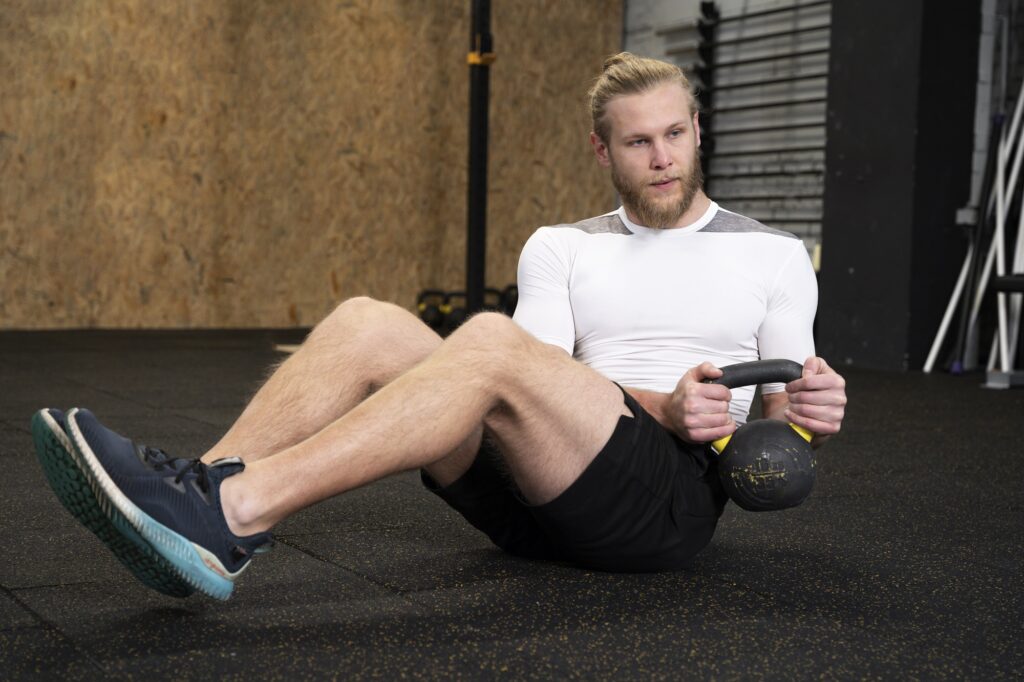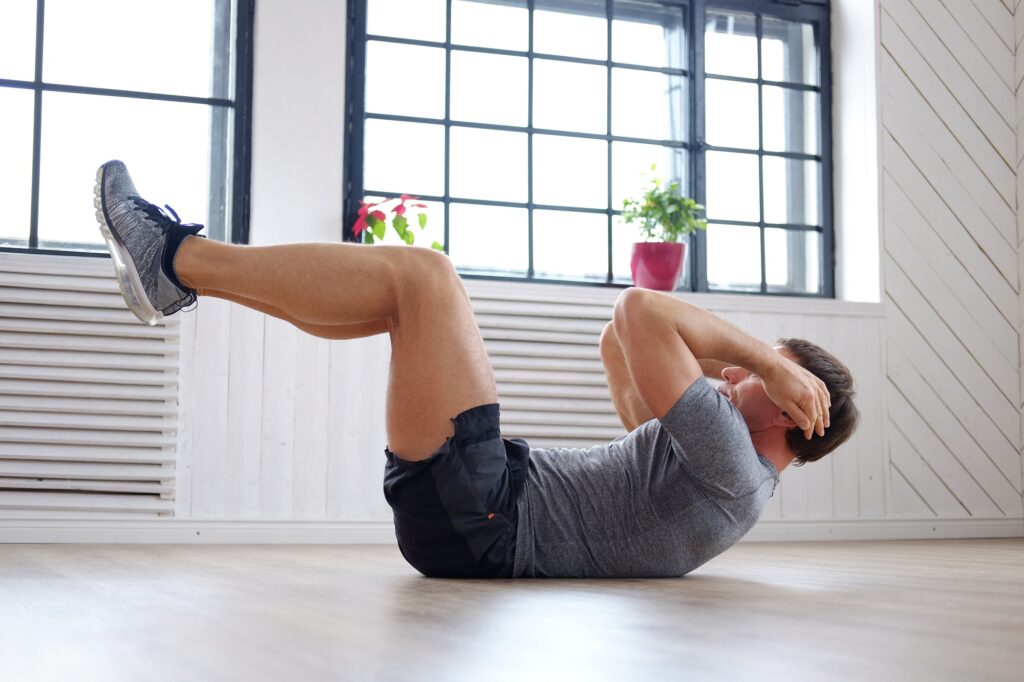When we think about fitness, the first image that often comes to mind is a sculpted body with well-defined six-pack abs. Many people associate a visible six-pack with a strong core, but this common misconception overlooks the true importance of core strength. While achieving six-pack abs is a common fitness goal, it’s essential to understand that a strong core encompasses far more than just visible abdominal muscles. Core strength is the foundation of overall health and athletic performance, and it plays a vital role in your posture, injury prevention, and daily movements. In this article, we’ll explore why core strength matters more than just six-pack abs.
What Is Core Strength?
The term “core” refers to the muscles that surround your torso, including the abdominals, lower back, obliques (the muscles on the sides of your abdomen), and even your glutes. These muscles work together to stabilize your spine, pelvis, and ribcage, allowing you to move efficiently and safely. A strong core means these muscles can function as a unit, providing support for nearly every physical activity and body transformation you do—whether it’s lifting heavy objects, running, or even sitting at your desk.
The Difference between Core Strength and Six-Pack Abs
While a six-pack is a sign of well-defined abdominal muscles, it doesn’t necessarily indicate strong core strength. In fact, it’s possible to have visible abs but still suffer from poor core stability. Core strength is more about endurance and functionality than aesthetics. It involves the ability to maintain proper posture, perform daily tasks without pain or strain, and engage in athletic movements with stability and control.

Having six-pack abs generally requires low body fat, which is achieved through a combination of diet and body transformation exercise. However, achieving a six-pack does not guarantee that you have the strength or functionality in your core that’s necessary for overall well-being. On the other hand, a strong core can be built through a range of exercises designed to improve stability, balance, and coordination—not just through crunches and sit-ups.
The Importance of Core Strength
Injury Prevention:
One of the primary benefits of core strength is injury prevention. A weak core can lead to poor posture and improper movement patterns, which in turn put strain on the spine and surrounding muscles. This can lead to back pain, muscle strains, and even joint injuries. A strong core helps distribute the load of everyday activities, reducing the risk of injury when lifting objects, running, or performing physical tasks. When your core is engaged, it stabilizes the spine, keeping it in a neutral position and preventing unnecessary stress on your body.
Improved Posture:
A strong core is the foundation of good posture. Without core stability, it’s easy to fall into slouching habits or develop imbalances that affect your alignment. Poor posture not only affects your appearance but can also cause discomfort and strain on your muscles, ligaments, and joints. When your core is strong, your spine remains supported, reducing the likelihood of developing poor posture, back pain, or musculoskeletal imbalances. This is particularly important for people who spend long hours sitting at desks or working at computers.

Better Athletic Performance:
Whether you’re an athlete or someone who enjoys recreational sports, and body transformation, having a strong core is essential for peak performance. Core muscles are responsible for transmitting force between your upper and lower body during movements such as running, jumping, throwing, and cycling. A stable core allows you to move more efficiently, with better coordination and less wasted energy. It also reduces the risk of muscle fatigue and enhances agility, speed, and power, all of which are important for improving your overall athletic ability.
Functional Fitness:
Core strength isn’t just about performing well in the gym or on the field—it’s about performing well in life. Everyday movements like bending over to tie your shoes, picking up groceries, or carrying a child all require core stability. If your core is weak, you may struggle with these simple tasks, leading to strain or discomfort. By strengthening your core, you improve your functional fitness, making daily activities easier and less taxing on your body. Core exercises such as planks, bird dogs, and Russian twists enhance stability and mobility, making it easier to move through your day with ease.
How to Build Core Strength?
Building a strong core requires more than just doing ab exercises. Incorporating a variety of exercises that target all aspects of your core—including the front, sides, and lower back—is crucial for overall strength. Some of the most effective exercises for building core strength include:

- Planks: These engage the entire core and help build endurance and stability.
- Dead Bugs: A great exercise for targeting the deep stabilizing muscles of the core.
- Russian Twists: Focuses on the obliques and rotational movements.
- Bird Dogs: Improve balance and coordination while strengthening the lower back and core.
- Bridges: Activate the glutes and lower back muscles for improved core support.
Additionally, strength training that engage multiple muscle groups, such as squats and deadlifts, can also enhance your core strength as they require stability and control.
Conclusion
While six-pack abs may look impressive, they don’t tell the whole story when it comes to core strength. True core strength is about building a stable, functional, and resilient body that can handle the physical demands of life. A strong core not only helps with injury prevention and posture but also improves athletic performance and functional fitness. So, instead of obsessing over getting the perfect six-pack, focus on building a strong and functional core that will benefit you in every aspect of your life.


